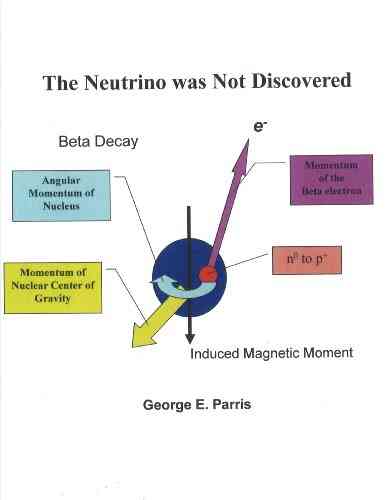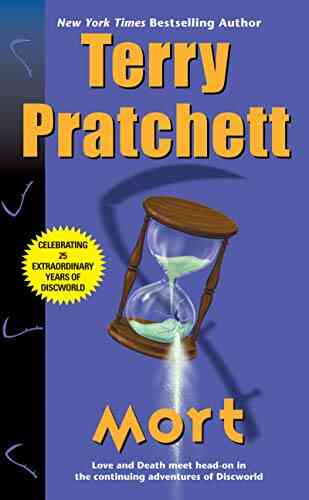The Neutrino Was Not Discovered It Was Invented

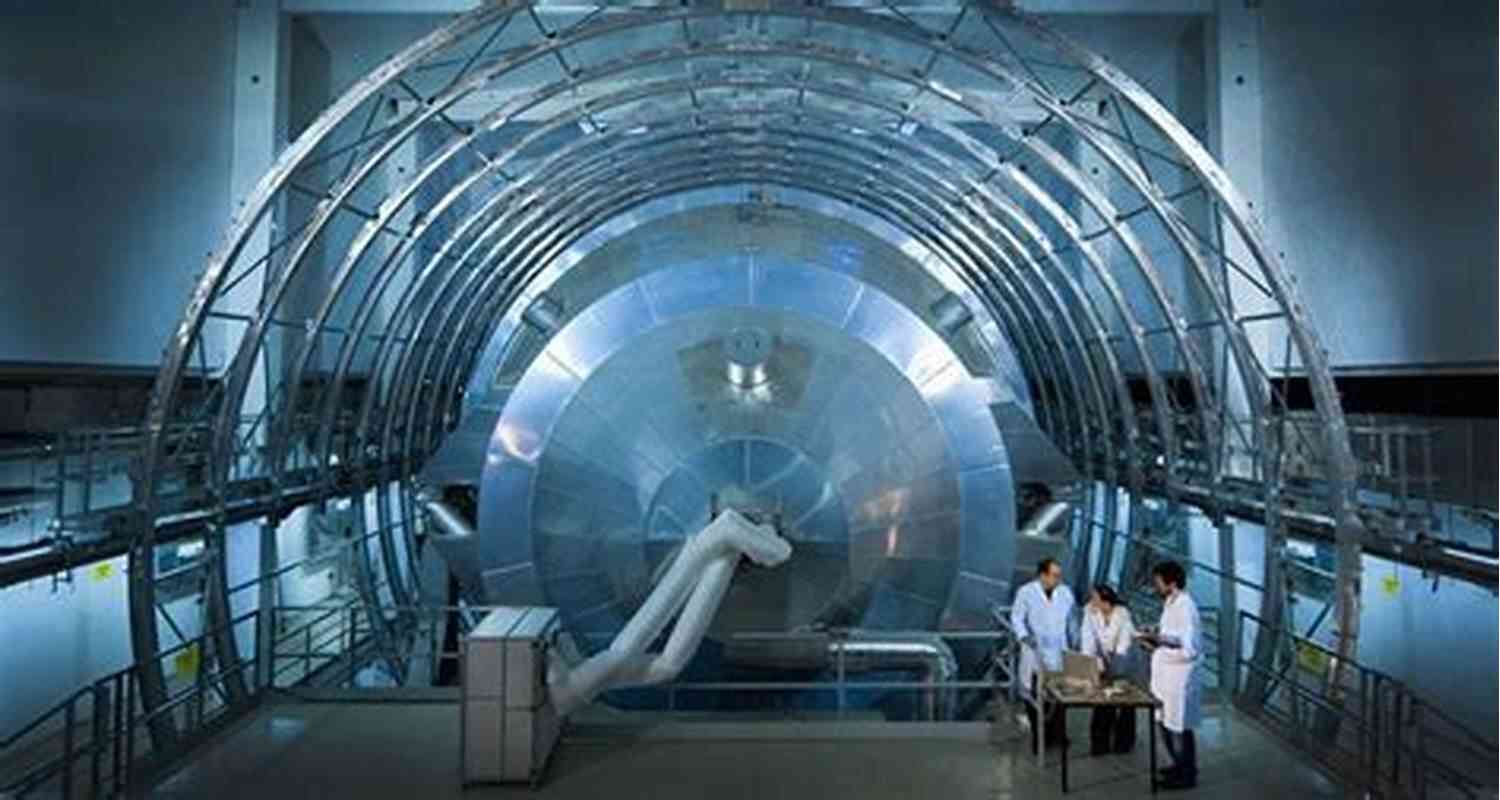
Neutrinos. These mysterious particles have captured the imaginations of scientists and researchers for decades. Their elusive nature and ability to pass through matter without interacting make them an incredible subject of study. However, what if I were to tell you that the neutrino was not actually discovered, but rather invented by brilliant minds seeking to explain certain phenomena?
Before we delve into this controversial concept, it is important to understand the history and prevailing beliefs surrounding neutrinos. In the early 20th century, physicists were grappling with the puzzling behavior of the beta decay process. It was observed that during beta decay, a nucleus emitted an electron and, seemingly, no energy was lost from the system. This posed a significant challenge to the principle of energy conservation.
Enter Wolfgang Pauli, an Austrian physicist who proposed a radical idea in 1930: the existence of an undetectable particle carrying away the missing energy. This theoretical particle was named the "neutrino," derived from the Italian word for "little neutral one". It was postulated to have no charge and extremely small mass, allowing it to easily pass through matter without any interaction.
5 out of 5
| Language | : | English |
| File size | : | 279 KB |
| Text-to-Speech | : | Enabled |
| Screen Reader | : | Supported |
| Enhanced typesetting | : | Enabled |
| Word Wise | : | Enabled |
| Print length | : | 7 pages |
| Lending | : | Enabled |
Pauli's invention of the neutrino was born out of necessity. It provided an elegant explanation for the anomalies seen in beta decay, allowing physicists to conserve energy and momentum. The concept gained traction, and research began to focus on detecting and understanding this elusive particle.
One of the key experiments conducted to confirm the existence of neutrinos was carried out by Fred Reines and Clyde Cowan in 1956. They set up a detector near a nuclear reactor and, after months of extensive observation, managed to observe neutrinos through an interaction that produced detectable signals. This experiment provided compelling evidence for the existence of neutrinos and earned Reines the 1995 Nobel Prize in Physics.
However, some scientists argue that these groundbreaking experiments merely confirmed the existence of what was already postulated. They propose that the invention of the neutrino was a stroke of genius that helped resolve physics' biggest mysteries at the time. By attributing certain unexplained phenomena to a previously unknown particle, scientists effectively "discovered" the neutrino while also inventing it.
But why would scientists resort to inventing particles? The answer lies in the pursuit of knowledge and the need to explain the unexplainable. Throughout history, numerous scientific concepts have been invented to fill gaps in understanding, and the neutrino is no exception.
Moreover, the invention of the neutrino sparked a wave of scientific advancements and breakthroughs. Neutrinos became a subject of intense research, leading to the development of sophisticated detectors and further investigations into their properties. These particles were found to have distinct flavors and were even discovered to have a small but finite mass, ultimately challenging previous assumptions and revolutionizing the field of particle physics.
Today, neutrino research continues to push the boundaries of scientific knowledge. From studying their role in the formation of the universe to potential applications in fields like astrophysics and nuclear power, the neutrino's invention has opened up numerous avenues of exploration.
So, the next time you hear about the discovery of a new particle or concept, consider the possibility that it might have been invented to explain a mystery. The neutrino, one of the most fascinating and elusive particles known to humanity, was not simply discovered in nature but rather invented by brilliant minds seeking to unravel the secrets of the universe.

, the neutrino was not discovered in the traditional sense. It was invented to provide an explanation for certain phenomena, and subsequent experiments and observations have provided evidence for its existence. The invention of the neutrino has revolutionized the field of particle physics, leading to numerous scientific advancements and pushing the boundaries of our understanding.
5 out of 5
| Language | : | English |
| File size | : | 279 KB |
| Text-to-Speech | : | Enabled |
| Screen Reader | : | Supported |
| Enhanced typesetting | : | Enabled |
| Word Wise | : | Enabled |
| Print length | : | 7 pages |
| Lending | : | Enabled |
Note added July 15, 2016. I brought the relevant pieces of the story together in "If the Neutrino is Dead...." and "The Day the Neutrino Died."
Let me begin by apologizing. This book only has less than 10 pages and no citations and I have no academic qualifications to write it. Everything I know about the subject is contained in these pages. I’m a chemist by training and think I know as much about the field as most of my learned academic colleagues. But, there are a lot of concepts that you tend to be taught and accept during your career and never actually understand. I’m winding down my career, and I still would like to understand certain things.
Back in the 1960s, I was a college student and eventually got a PhD in organic chemistry. The concept of a carbonium ion had been introduced some time before. A carbonium ion is an ion with a positive charge associated with one or more carbon atoms. These are generally unstable and they are postulated as high energy reaction intermediates. Carbonium ions are known to rearrange internally very rapidly (by movement of hydrogen atoms and electrons) to produce the most stable form, which then usually reacts with an anion to form a product. It was the free-thinking sixties and some one (I don’t know who) realized that certain symmetric carbon molecules formed several (or a number of) equivalent carbonium structures (we might call them “degenerate”) in which the positive charge and the protons were on different carbons. A paper was published in which it was suggested that instead of the positive charge and hydrogen atoms jumping from carbon to carbon, the actual stable structure involved a delocalized charge with all the atoms in intermediate positions and the electrons flowing through molecular orbitals that were composed of the various carbon atomic orbitals. For example, exactly this idea is accepted in the electronic configuration of benzenes, a unique structure more stable than the hypothetical 1,3,5-cyclohexatriene. These structures were dubbed “non-classical carbonium ions.” Suddenly a number of papers with exotic structures were being published on the topic, with very little proof that they were in fact “non-classical.” Then, in walks Herbert C. Brown (1912-2004) of Purdue University and spoils the party. Brown (who won a Nobel Prize in 1979 for entirely different work) published a series of papers that showed that the products that were being obtained could be explained by classical carbonium intermediates as well as non-classical ones. He described the contemporary status of the science as the “rococo period” of carbonium ion research. The issue shifted to a different venue as it was realized that the rearrangements were much faster than the chemical reactions leading to products. The only way to really settle the question was to examine vibrational spectra of the ions because no chemical reaction involving movement of nuclei can proceed faster than the molecule can vibrate. Is the infrared spectrum consistent with the classical or non-classical structure?
Every field follows a similar pattern. Scientists tend to latch on to sexy catch phrases that they think will help get their papers published. My impression is that the grand champions in the art of baroque nomenclature are the particle physicists. Here is a little issue that I came across while I was trying to understand the physics of a radioactive phenomenon known as beta decay. There is probably some perfectly good explanation for my question, but I have seen enough problems of all sorts in the peer-reviewed literature to believe that there may just be something worth thinking about here.
GEP April 13, 2013
Do you want to contribute by writing guest posts on this blog?
Please contact us and send us a resume of previous articles that you have written.




















Light bulbAdvertise smarter! Our strategic ad space ensures maximum exposure. Reserve your spot today!

 Devon MitchellSix Pack Ranch Six Pack Ranch Boxset: A Must-Read Collection for Romance...
Devon MitchellSix Pack Ranch Six Pack Ranch Boxset: A Must-Read Collection for Romance...
 Arthur C. ClarkeRevealing Pavad FBI Romantic Suspense: Unraveling Secrets, Passion, and...
Arthur C. ClarkeRevealing Pavad FBI Romantic Suspense: Unraveling Secrets, Passion, and...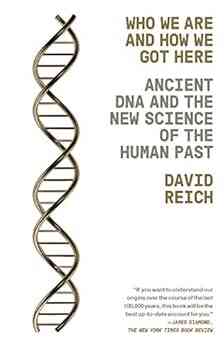
 Ernest J. GainesWho We Are And How We Got Here - Unveiling the Incredible Story Behind Our...
Ernest J. GainesWho We Are And How We Got Here - Unveiling the Incredible Story Behind Our...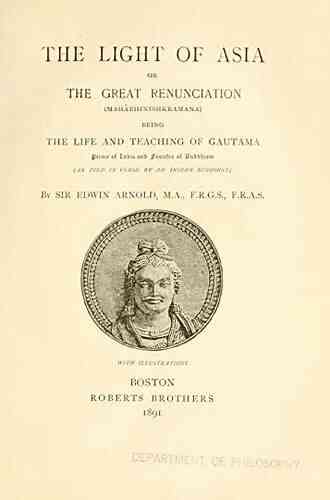
 Alvin Bell"Discover the Captivating Tale of 'Taken from the Light of Asia' – A Journey...
Alvin Bell"Discover the Captivating Tale of 'Taken from the Light of Asia' – A Journey... Jacob HayesFollow ·11.6k
Jacob HayesFollow ·11.6k George BellFollow ·4.5k
George BellFollow ·4.5k Guy PowellFollow ·7.6k
Guy PowellFollow ·7.6k Jeremy CookFollow ·12k
Jeremy CookFollow ·12k Gavin MitchellFollow ·8.6k
Gavin MitchellFollow ·8.6k Bobby HowardFollow ·13.7k
Bobby HowardFollow ·13.7k Al FosterFollow ·14.4k
Al FosterFollow ·14.4k Danny SimmonsFollow ·3.9k
Danny SimmonsFollow ·3.9k

 Alexandre Dumas
Alexandre DumasXtreme Behavior Xtreme Ops: Embracing Thrilling...
Are you tired of the same old routine?...

 Benjamin Stone
Benjamin StoneThe Remarkable World of Old Christmas Illustrated:...
The holiday season is a time of...

 Anthony Burgess
Anthony BurgessThe Enchanting Journey into the Midnight Fantasy by...
Step into the realm of magical tales and...

 Matt Reed
Matt ReedThoughts of a Lost Boy: Exploring the Depths of Solitude
Have you ever found yourself...

 Alexander Blair
Alexander BlairUnveiling the Thrilling World of Chase Fulton Novels: An...
In today's fast-paced world,...

 Justin Bell
Justin BellAn Echo In The Bone Novel - Outlander: Uncovering Secrets...
Are you ready to embark on a remarkable...

 Miguel Nelson
Miguel NelsonThe Complete Secrets Tips Step By Step Reference To Using...
Instagram has quickly become one of the...

 Gus Hayes
Gus HayesAurous Rings - Unleashing the Magic of Steven Gordon 12
The Enchanting World of Aurous...

 Camden Mitchell
Camden MitchellUnveiling the Secrets of Don Do What Did: The Incredible...
Throughout history, legends...

 Anton Foster
Anton FosterSunken Treasure Coastal Fury 17: An Epic Adventure...
Have you ever wondered what lies beneath...

 Forrest Blair
Forrest BlairThe Hunt Acid Vanilla: Unveiling a Sensational Flavor...
Indulging in culinary adventures is part of...

 Aaron Brooks
Aaron BrooksThe Inspiring Journey of Cytrine Buczko: From Pain and...
Life is a rollercoaster ride filled with a...
5 out of 5
| Language | : | English |
| File size | : | 279 KB |
| Text-to-Speech | : | Enabled |
| Screen Reader | : | Supported |
| Enhanced typesetting | : | Enabled |
| Word Wise | : | Enabled |
| Print length | : | 7 pages |
| Lending | : | Enabled |


